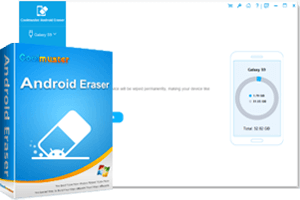

ShredIt X has some interesting features, including the ability to choose the level of security when you shred a file. This is another tool that is focused only on permanently erasing files. Also, overwriting files works differently on SSDs There’s a way to enable the said feature using the Terminal, but it’s too technical for most of us. Since El Capitan OSX, Apple has removed the option to “Secure Empty Trash.” Looks like there have been lots of complaints after people trashed their important files irrecoverably. In addition, it scrambles the original file name, reduces the file size to zero, and removes it from the file directory, erasing all trace of it from your Mac. It does that by overwriting the file multiple times, in a similar manner to the way the Finder’s “Secure Empty Trash” used to do. Unlike CleanMyMac X and MacClean, Permanent Eraser only has one function: to securely delete files.
Permanent eraser app Offline#
Its file eraser tool, according to its developer, will “remove out-of-date and offline files.” However, it doesn’t explain whether that removal process is a secure erase and whether it will “shred” the file leaving no trace behind. MacClean is another tool designed to free up space on your Mac, improve its performance and protect your privacy. And it can get rid of browsing data like cookies, auto-fill form information, and browsing history with just a few clicks.
Permanent eraser app install#

You can’t just put it in the Trash and then empty it. How do you permanently delete a file from your Mac so that no trace of it is left behind? The answer is not as obvious as it sounds.

But to help you do it all by yourself, we’ve gathered our best ideas and solutions below.
Permanent eraser app download#
So here's a tip for you: Download CleanMyMac to quickly solve some of the issues mentioned in this article.


 0 kommentar(er)
0 kommentar(er)
